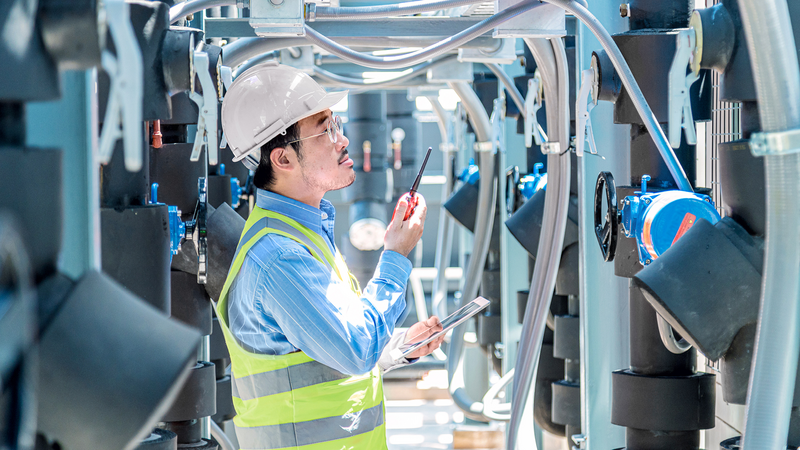Commercial buildings are designed to last for the long haul, and their construction requires tremendous amounts of effort and planning to get things right. Depending on the materials used to create the structure, a building can last anywhere from 30 to hundreds of years before major renovations are needed to keep it standing.
Within the building, many systems exist to keep things operational and comfortable, from the HVAC regulating the temperature to the electrical system keeping the lights on. As so many systems align to keep the space functional, it’s important for leaders to understand the lifespan of certain aspects of their building to ensure their investment lasts and remains functional for decades to come.
Below is the lifespan information for a few critical building systems and what you need to know to maintain them:
HVAC System – 20 to 25 Years
Most fixed HVAC assets have a design life between 20 and 25 years. However, this lifespan is contingent on several factors, like operating conditions, age, and the quality of care provided over the years. Even in facilities that don’t require critical uptime (like hospitals or pharmaceutical labs do), HVAC systems are vital—no one wants to be too hot or cold, or breathing air that may have once been contaminated.
Since HVAC equipment typically runs 24/7 in some capacity, leaders can retrofit their equipment with different things like variable frequency drives—which reduces power disturbances and saves energy—or filtration systems to increase indoor air quality and overall effectiveness. These retrofit options can extend the life of an HVAC system, allowing technicians to maintain their efficacy and continue providing a safe and comfortable environment for everyone in a space.
Sensors attached to equipment also help monitor the system and collect data to inform future repairs and keep the HVAC running smoothly.
Electrical System – 30 Years
Electricity is necessary for the operation of most building systems. Because of this crucial role, a well-maintained electrical system can affect the efficacy of other systems. It can also be complex and difficult to troubleshoot, especially if a switchgear is corroded, as these devices help protect the electrical circuit and distribute power throughout the facility—they also ensure that electricity flows stick to safe levels.
Effective facility management requires detailed drawings and a deep understanding of the facility’s design, especially as it changes over time. Without proper system documentation, it can be time consuming to track down where an electrical issue began. Often, facility managers have access to the original designs, but due to years of tenant improvement work, the conditions of the building may have changed significantly.
Commissioning is important any time there is a change within systems, as having a formalized process and detailed understanding of the space is vital to capable management of the facility. By documenting electrical and other systems thoroughly, owners and facility managers can be certain that their operations comply and perform to standard, and they’ll save money in the long term by reducing costly repairs.
Plumbing System – 25 to 30 Years
Plumbing poses a unique challenge, as many systems utilize pipes with dissimilar metals that may erode or attack other types. As a result, quality plumbing maintenance deals with much more than handling water and sewage—it requires detailed knowledge of the installed infrastructure.
Maintenance with plumbing systems is often more reactive, which means that comprehensive information is essential to perform jobs in a timely manner. For example, if a water line runs underneath a thick slab of concrete, technicians will need to ensure they have ways to access and repair the pipes.
Without access, something straightforward like unclogging a line or fixing a leak could take much longer than necessary and only exacerbate problems.
The Importance of Alignment
Providing technical services requires a fundamental alignment on the scope of services with a client. It’s important to establish mutual expectations and agreements on the details of the work at the outset of a contract. When this is done properly, not only does it help solidify the relationship with the customer, but also allows facility managers to optimize their solutions over time.
Strong facility managers don’t just focus on costs and repairs—they advocate for the owners and occupiers of a space to deliver an environment that is safe, operational, and allows people to do their best work.
